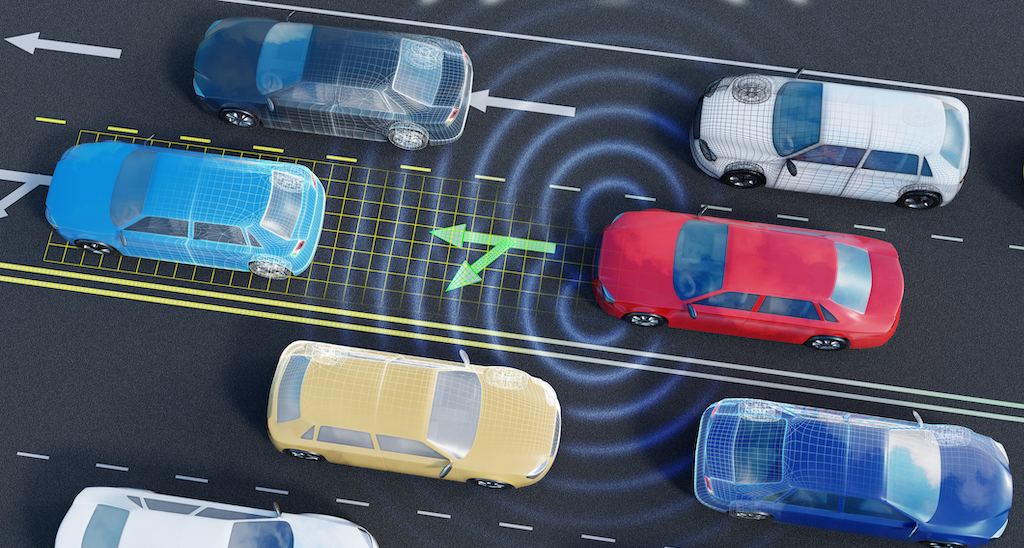Different national regulations affect testing
 ”The challenge is to find the right environment for their tests, of course it is easier to test on our campus areas than to drive on the highways.” says Håkan Burden, Keynote Speaker at Tester’s Day.
”The challenge is to find the right environment for their tests, of course it is easier to test on our campus areas than to drive on the highways.” says Håkan Burden, Keynote Speaker at Tester’s Day.
In the United Kingdom, Traffic Jam Assistance (TJA) have just been approved and in the United States, the safety requirements for tests with autonomous vehicles are at the state level. In Sweden you can basically do whatever experiments you want, but…
– It requires that you have an acceptable level of safety that must be approved by the Swedish Transport Agency and it can be quite complicated, says Håkan Burden, Keynote Speaker at Tester’s Day, 1 June.
Håkan Burden is a senior researcher at RISE and works with policy issues, where policy can be seen as different kinds of instruments for changing someone’s behavior towards a desired goal. On Tester’s Day, at AstaZero’s test track outside Borås, he will participate as Keynote Speaker.
– I will give an overview of what is happening internationally in e.g. USA, Great Britain and Germany, and how Sweden stands in relation to it, both in terms of opportunities and limitations. And who takes the lead in the development of self-driving vehicles, says Håkan Burden.
He believes that today there are generally good opportunities to test their vehicles, but the differences are large between different countries. Britain is a country that has recently stepped up in the lead.
– There they will now allow certain autonomous functions out in traffic without applying for a permit and the interesting thing is that the responsibility lies with the person who manufactured the car and not with the driver, when you are in autonomous mode.
These are mainly so-called Traffic Jam Assistance (TJA), when, for example, you are sitting in a commuter queue. Then the vehicle can take over and follow lines, keep a distance from the vehicle in front and drive at a fairly low speed, while the driver is talking on the phone or checking emails on the computer. Corresponding opportunities do not exist in Sweden, but Håkan Burden still believes that Sweden is a good country to test in.
– From a regulatury point of view, it is not impossible to make really advanced attempts, such as sitting several kilometers away and remotely controlling a vehicle over 5G that drives at 100 km / h.
The difficulty is to do it with an acceptable certainty and show that the experiment is reasonable.
– The challenge is to find the right environment for their tests, of course it is easier to test on our campus areas than to drive on the highways.
A review of the test situation in different countries has recently been carried out and Håkan Burden will provide an analysis of that compilation during his lecture. The best is the USA according to the review.
– In the USA, there are no technology-specific requirements at the federal level, but guidelines and functional requirements are set up that must be safe and comply with traffic rules, but how to do this is decided at the state level.
